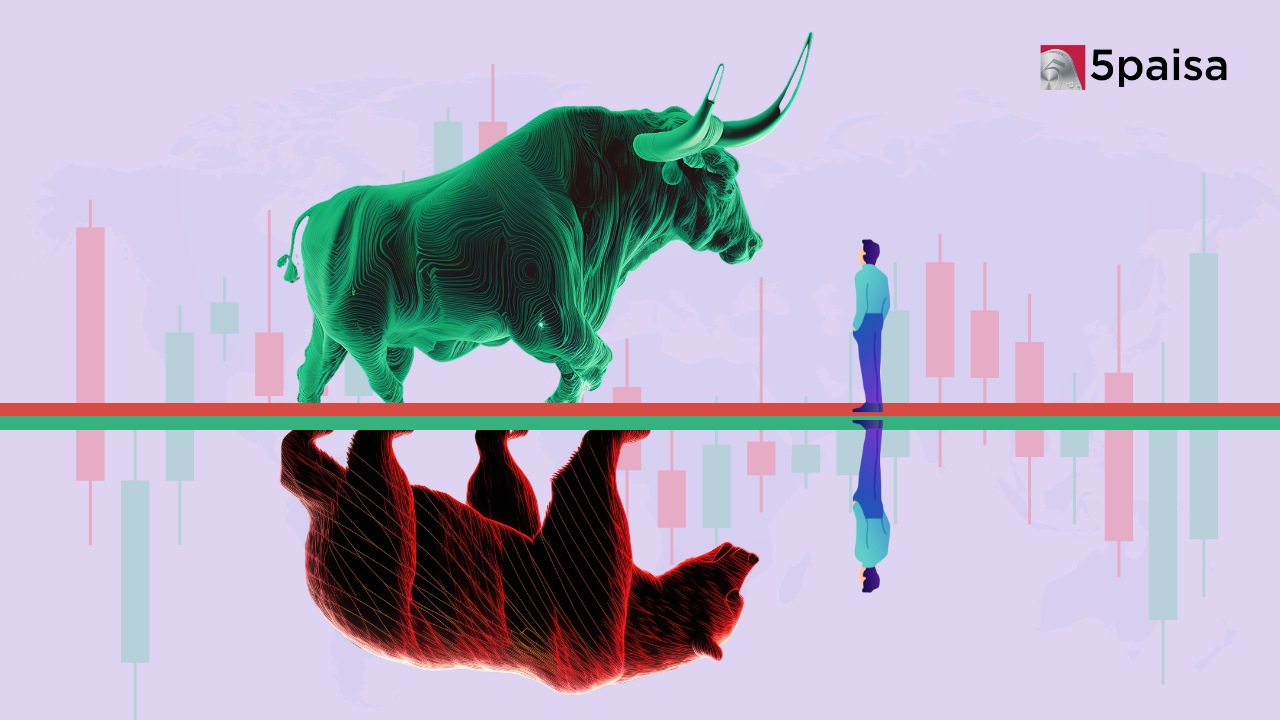iThe current values are delayed, open demat account for live values.
BSE Largecap
BSE Largecap Performance
-
Open
8,785.97
-
High
8,807.20
-
Low
8,715.24
-
Prev Close
8,795.64
-
Dividend Yeild
1.29%
-
P/E
20.83

Color code for Stocks Performance
- 5% and above
- 5% to 2%
- 2% to 0.5%
- 0.5% to -0.5%
- -0.5% to -2%
- -2% to -5%
- -5% and below
Constituent Companies
| Company | Market Cap | Market Price | Volume | Sector |
|---|---|---|---|---|
| Asian Paints Ltd | ₹216510 Cr |
₹2257.2
(1.48%)
|
85020 | Paints/Varnish |
| Bajaj Holdings & Investment Ltd | ₹135979 Cr |
₹12218.75
(1.07%)
|
2361 | Finance |
| Berger Paints India Ltd | ₹57263 Cr |
₹491.5
(0.71%)
|
36121 | Paints/Varnish |
| Britannia Industries Ltd | ₹116371 Cr |
₹4815.45
(1.52%)
|
11330 | FMCG |
| Cipla Ltd | ₹119067 Cr |
₹1472
(0.88%)
|
60957 | Pharmaceuticals |
BSE Largecap Sector Performance
Top Performing
| Sector Name | Percentage Change |
|---|---|
| IT - Hardware | 0.36 |
| Healthcare | 0.09 |
| Dry cells | 0.77 |
| Real Estate Investment Trusts | 0.52 |
Under Performing
| Sector Name | Percentage Change |
|---|---|
| Diamond, Gems and Jewellery | -0.7 |
| Leather | -0.39 |
| Ceramic Products | -0.27 |
| IT - Software | -0.74 |
BSE Large Cap
The BSE LargeCap Index tracks the top large-cap companies listed on the Bombay Stock Exchange (BSE), representing around 70% of the total market capitalization of the S&P BSE AllCap Index. These large-cap stocks consist of well-established companies with a market capitalization of ₹7,000 to ₹20,000 crores or more. Known for their stability, liquidity, and leadership in the market, these companies are resilient even during economic downturns.
The index uses the free-float market capitalization method, meaning only shares available for public trading are included. It is widely used for benchmarking portfolios, launching ETFs, and other investment products, providing investors with diversified exposure to India’s large-cap segment.
What is the BSE Largecap Index?
The S&P BSE large-cap embodies the top 70% of the total market cap of the S&P BSE AllCap. The index is representative of the large-cap segment in the Indian stock market. In market capitalization, large-cap stocks are called first-class stocks.
They can be described as well-established companies with a vast market share in the stock market. Large-cap companies are usually known as market leaders because they are stable and rule over the industry. The market capitalization of the well-established companies is around ₹20,000 crore and more.
Apart from operating for decades, these companies are also known to keep it all together during times of recession. The top 100 companies in the stock market fall under the large-cap category due to their profitable track record.
How is the BSE Largecap Index Value Calculated?
The S&P BSE LARGECAP Index is calculated using the free-float market capitalization method, which differs from the older weighted method. In this approach, only the shares available for trading are included, excluding those held by employees, the government, and others.
The formula for free-float market capitalization is:
Free-Float Market Capitalization = Market Capitalization * Free Float Factor
where the free float factor represents the percentage of shares available for trading.
To calculate the BSE LARGECAP share price, the formula is:
BSE LARGECAP Share Price = (Total Free-Float Market Capitalization * Base Index Value) / Base Market Capitalization.
This index reflects 70% of the market cap of S&P BSE ALLCAP and is regularly updated, so it's essential to check for the latest stock values.
BSE Largecap Scrip Selection Criteria
The selection of the 30 stocks for the Sensex LARGECAP Index is based on several key criteria. The stocks must be listed on the BSE and have a market capitalization between ₹7,000 to 20,000 crores. Only relatively liquid stocks are chosen, ensuring ease of trading.
Additionally, the company's revenue must primarily come from its core business activities, and its sector focus should align with the broader Indian equity market, ensuring a well-diversified and balanced representation. These criteria help maintain the strength and relevance of the Sensex LARGECAP Index.
How does BSE Largecap work?
The BSE LargeCap Index tracks the performance of the top large-cap companies listed on the Bombay Stock Exchange (BSE). These companies are selected based on their market capitalization and liquidity, ensuring they represent 70% of the total market capitalization of the S&P BSE AllCap Index. The index follows a free-float market capitalization method, meaning only shares available for public trading are considered, excluding those held by insiders like employees and the government.
The index is regularly reviewed and rebalanced to reflect changes in the market, ensuring it remains a relevant and accurate representation of the large-cap segment. Investors often use it for benchmarking portfolios, launching ETFs, and other investment products.
What are the Benefits of Investing in the BSE Largecap?
Investing in the BSE LargeCap Index offers key benefits for investors seeking stability and growth. Large-cap companies included in this index are well-established, financially strong, and leaders in their industries, making them more resilient to market volatility. These companies often provide consistent returns and dividends, making them ideal for long-term investments.
The index is based on free-float market capitalization, ensuring that only the most liquid stocks available for public trading are included, enhancing liquidity and reducing risk. Additionally, the BSE LargeCap index is regularly updated, ensuring investors benefit from the most relevant and top-performing large-cap stocks. It is also widely used for ETFs, index funds, and benchmarking portfolios, providing diversified exposure to India's large-cap segment.
What is the History of the BSE Largecap?
The BSE LargeCap Index was introduced by the Bombay Stock Exchange (BSE) to track the performance of the top large-cap companies in India. It represents 70% of the total market capitalization of the S&P BSE AllCap Index, focusing on well-established, highly liquid stocks. The index is calculated using the free-float market capitalization method, meaning only shares available for public trading are considered, excluding those held by insiders like employees and the government.
Since its inception, the BSE LargeCap has become a key benchmark for investors looking to track the performance of India's top companies and is widely used for launching ETFs, index funds, and for portfolio benchmarking.
Other Indices
| Indices Name | Price | Price Change (% change) |
|---|---|---|
| India VIX | 14.53 | -0.15 (-1.02%) |
| Nifty 10 Yr Benchmark G-Sec | 2477.38 | -3.81 (-0.15%) |
| Nifty 10 Yr Benchmark G-Sec (Clean Price) | 893.06 | -1.58 (-0.18%) |
| Nifty 100 | 23274.05 | -137.35 (-0.59%) |
| Nifty 100 Alpha 30 Index | 16085.8 | -230.85 (-1.41%) |
Faqs
How To Invest in BSE Largecap Stocks?
To invest in BSE LargeCap stocks, you can buy individual stocks listed in the index through a Demat account. Alternatively, you can invest in ETFs or index funds that track the BSE LargeCap Index, offering a diversified and cost-effective way to gain exposure to top large-cap companies.
What are BSE Largecap stocks?
BSE LargeCap stocks are the top large-cap companies listed on the Bombay Stock Exchange (BSE). These well-established firms have a high market capitalization, typically ranging from ₹7,000 to ₹20,000 crores or more, and represent about 70% of the total market cap of the S&P BSE AllCap Index.
Can you trade shares on BSE Largecap?
Yes, you can trade shares of companies listed in the BSE LargeCap Index through a Demat account. You can buy and sell these stocks during market hours like any other listed stock. Additionally, you can invest in ETFs or index funds based on the BSE LargeCap Index for broader exposure.
In which year was the BSE Largecap Index launched?
The BSE LargeCap Index was launched in 2015 by the Bombay Stock Exchange (BSE) to track the performance of the top large-cap companies in India.
Can we buy BSE Largecap and sell it tomorrow?
Yes, you can buy BSE LargeCap stocks and sell them the next day, following the BTST (Buy Today, Sell Tomorrow) strategy. This allows you to take advantage of short-term price movements without waiting for the usual settlement period.
Latest News
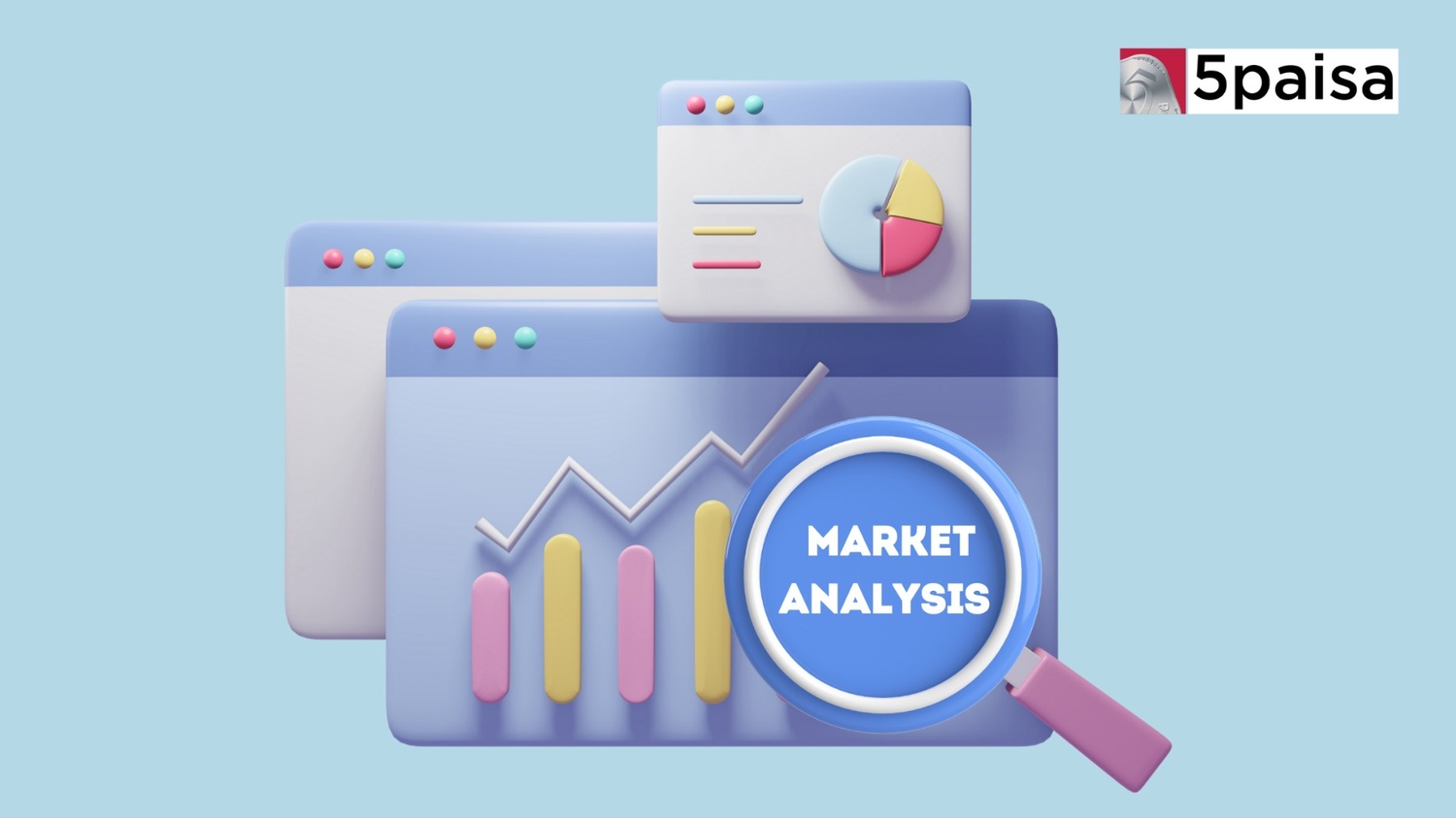
- Feb 21, 2025
Indian stock markets ended in the red as key indices faced pressure from auto and financial stocks. The Sensex fell 424 points to close at 75,311, while the Nifty slipped 117 points to end at 22,795. The sell-off was led by the auto sector, which tanked 2.5% following reports of a potential reduction in import duties on EVs.
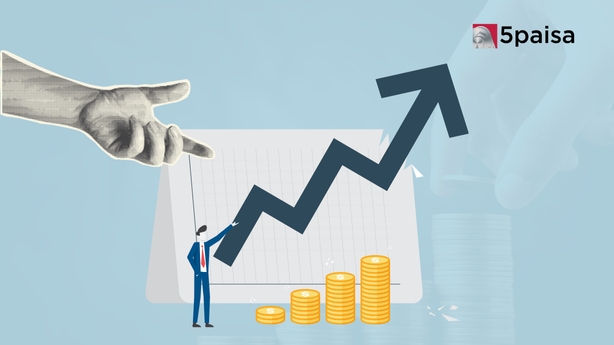
- Feb 21, 2025
The ownership structure of India Inc. is experiencing a significant transformation, with foreign portfolio investors (FPIs) reaching their lowest stake in NSE-listed companies in 13 years. In contrast, domestic mutual funds (MFs) and retail investors are making substantial gains.
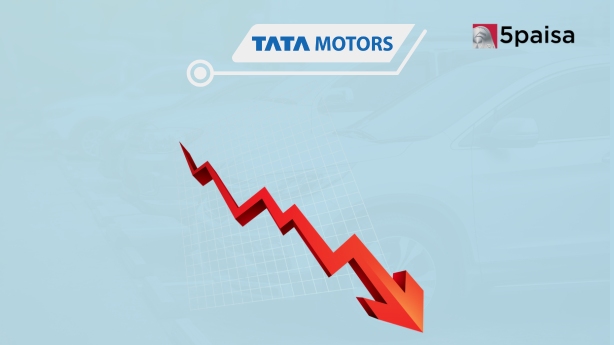
- Feb 21, 2025
Amid reports of senior executives departing Tata Motors Ltd. ahead of its planned demerger, the company’s stock faced significant selling pressure during Friday’s early trading session. Tata Motors' share price opened lower at ₹686 per share on the NSE and quickly dropped to an intraday low of ₹673.30 within the first hour of trading.

- Feb 21, 2025
Regulated entities must cultivate the necessary capabilities to adapt to and adhere to evolving regulations, stated Rajeshwar Rao, deputy governor of the Reserve Bank of India (RBI), on February 21. As financial institutions increasingly adopt artificial intelligence (AI), cloud computing, and API-driven finance, the demand for strong governance frameworks and risk management strategies has never been more critical, he noted.
Latest Blogs
Introduction to Ashish Kacholia Ashish Kacholia's financial journey began in the 1990s. He gained valuable experience at firms like Prime Securities and Edelweiss before founding Lucky Securities in 1995. In 1999, he co-founded Hungama Digital with Rakesh Jhunjhunwala, showcasing his ability to spot emerging trends.
- Oct 10, 2025

Navigating the numerous banking options in India is essential for individuals and businesses alike. The best banks in India go beyond traditional banking, offering a wide array of financial services that play a crucial role in the country's economic stability. From innovative digital banking solutions to comprehensive investment and loan offerings, these famous banks in India serve as reliable financial partners.
- Apr 14, 2025

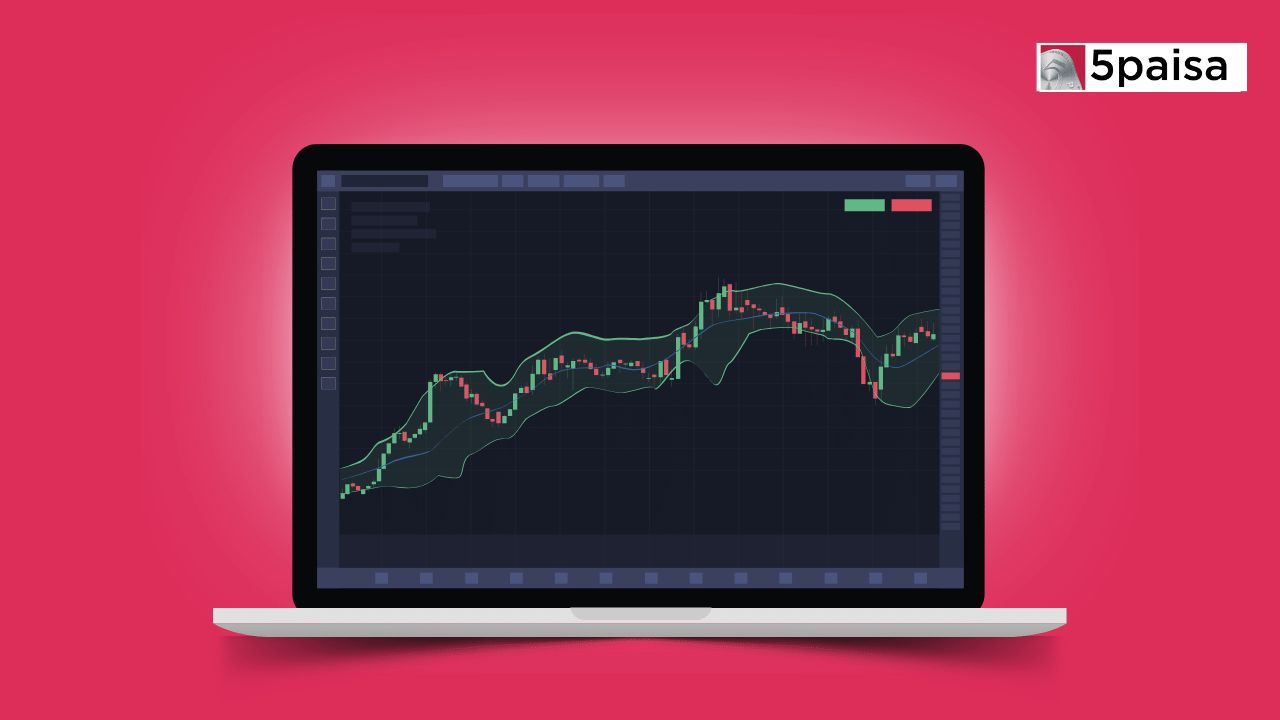
Nifty Prediction for 24th February Another weak day for the NIFTY as it falls 0.6% and closes marginally below 22800. Auto stocks corrected sharply on concerns over a new EV policy that could increase competition. M&M was the top loser at -6%. TATAMOTORS also corrected 2.5%. ADANIPORTS AND WIPRO were among the other top losers. On the other hand, HINDALCO, SBILIFE AND TATASTEEL bucked the trend and were up 2-2.5%. ADR was weak at 0.3 and indicates a broadbased correction.
- Feb 21, 2025
